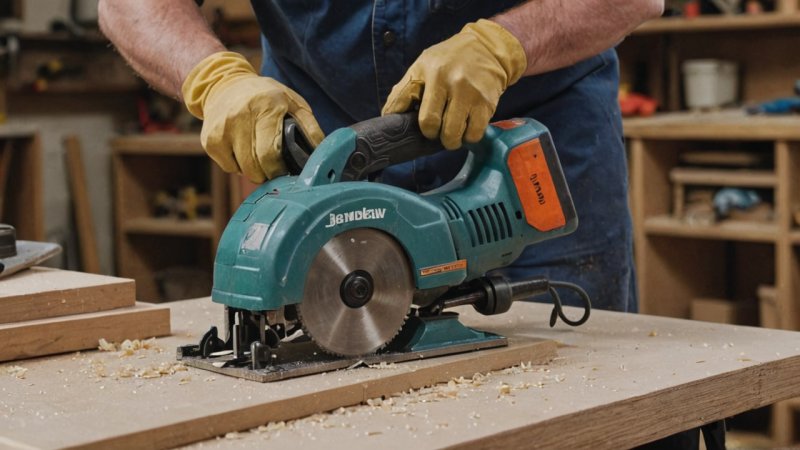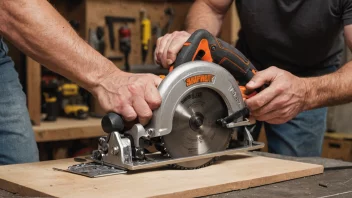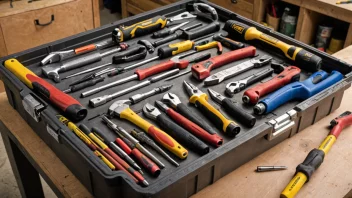Using a jigsaw can transform your woodworking projects, allowing you to create intricate designs and smooth cuts. However, like any tool, it requires knowledge and practice to use effectively. Whether you're a seasoned DIYer or just starting, understanding the best practices for using a jigsaw will enhance your skills and improve the quality of your projects. Here are some essential tips to help you master this versatile tool.
Choose the Right Blade
The heart of your jigsaw's performance lies in its blade. Not all blades are created equal, and selecting the appropriate one is crucial for the material you're cutting. For wood, a fine-toothed blade will produce smooth cuts, while a coarse blade is better for thicker materials. For metal, use a bi-metal blade that can withstand heat and wear. Always ensure the blade is sharp, as a dull blade can cause jagged edges and increase the risk of kickback.
Secure Your Workpiece
Before you start cutting, make sure your workpiece is securely clamped down. This will prevent movement during the cutting process, which can lead to inaccurate cuts and potential injuries. Use clamps or a workbench to hold the material in place, ensuring that it doesn’t shift as you work. This practice also helps in achieving cleaner cuts and a safer working environment.
Practice Proper Cutting Techniques
When using a jigsaw, the cutting technique can significantly impact the quality of your work. Always start cutting at a slower speed, gradually increasing as you gain confidence. Maintain a steady pace and let the saw do the work without forcing it through the material. For curved cuts, make small adjustments and turn the jigsaw gradually to follow the line smoothly. If you find your cuts are not as smooth as desired, consider switching to a finer blade.
Utilize the Right Speed Settings
Most jigsaws come with variable speed settings, allowing you to adjust the speed based on the material you’re cutting. For softer materials like plywood, a higher speed is usually effective, while harder materials may require a lower speed to prevent burning or splintering. Familiarize yourself with your jigsaw’s speed settings and make adjustments as necessary to achieve the best results.
Safety First: Always Wear Protective Gear
Safety should always be a priority when using power tools. Ensure you wear appropriate protective gear, including safety goggles to shield your eyes from flying debris, and ear protection to guard against noise. Additionally, consider wearing a dust mask if you're cutting materials that generate fine dust particles. Keeping your workspace tidy and free from distractions also contributes to a safer cutting environment.
In conclusion, mastering the use of a jigsaw can elevate your DIY projects and enhance your woodworking skills. By choosing the right blade, securing your workpiece, practicing proper cutting techniques, utilizing the correct speed settings, and prioritizing safety, you can achieve professional-level results. With these best practices in mind, you’ll be well on your way to creating beautiful and precise cuts in your projects.






